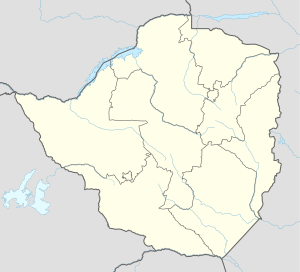| Battle of Hill 31 | |||||||
|---|---|---|---|---|---|---|---|
| Part of the Rhodesian Bush War (or Second Chimurenga ) | |||||||
| |||||||
| Belligerents | |||||||
| Commanders and leaders | |||||||
| | |||||||
| Units involved | |||||||
| Unknown | |||||||
| Strength | |||||||
| At least 100 Troops 1 Lynx (Call Sign Alpha 4) 4 Alouette III (1 K-Car)(3 G-Cars) | 32–40 cadres | ||||||
| Casualties and losses | |||||||
| 1 killed 3 wounded 1 helicopter damaged | 31 killed 1 captured | ||||||
The Battle of Hill 31 took place between the Rhodesian security forces and ZANU insurgents- who had crossed the Rhodesian border with Mozambique on 15 November 1976. [1] [2]
